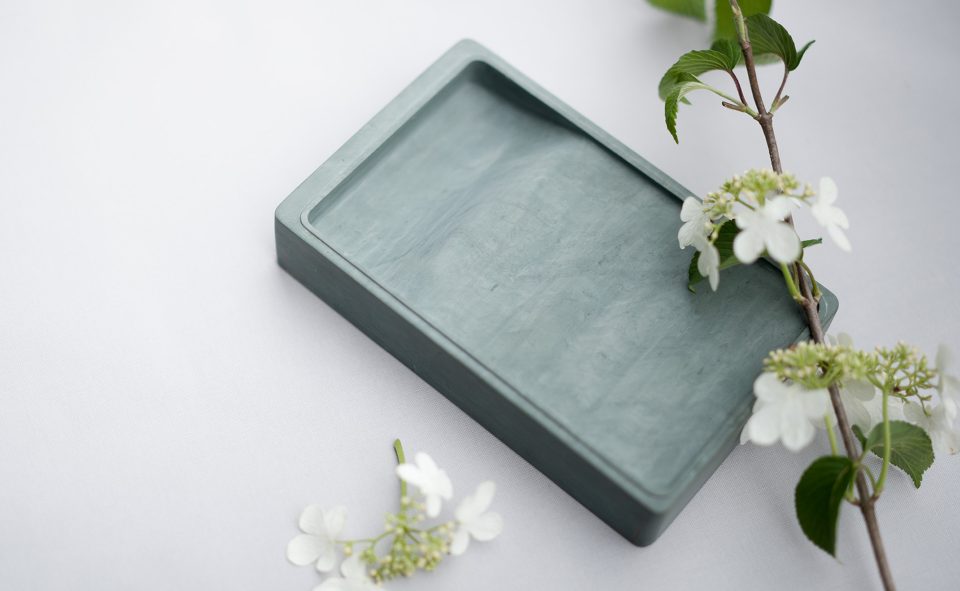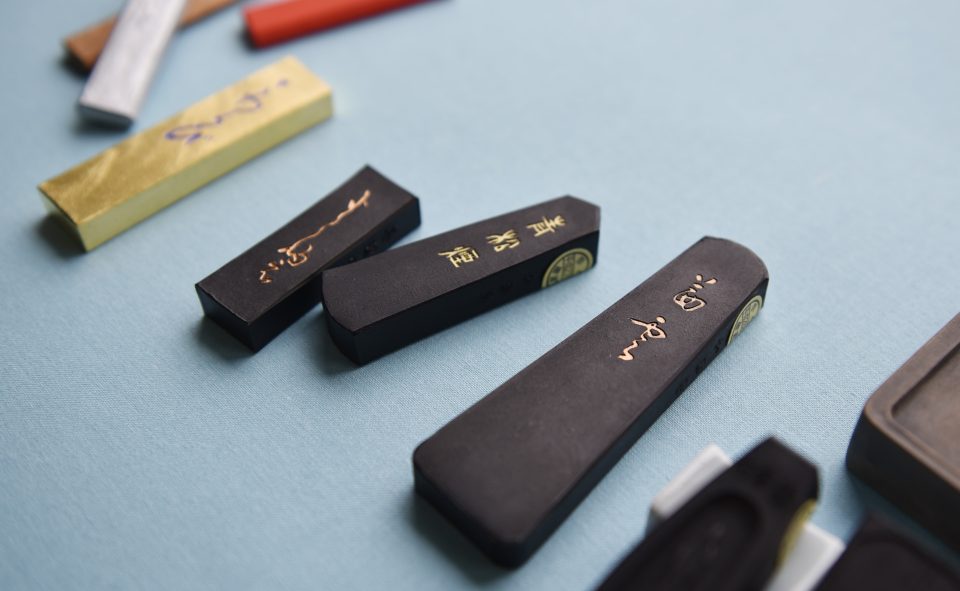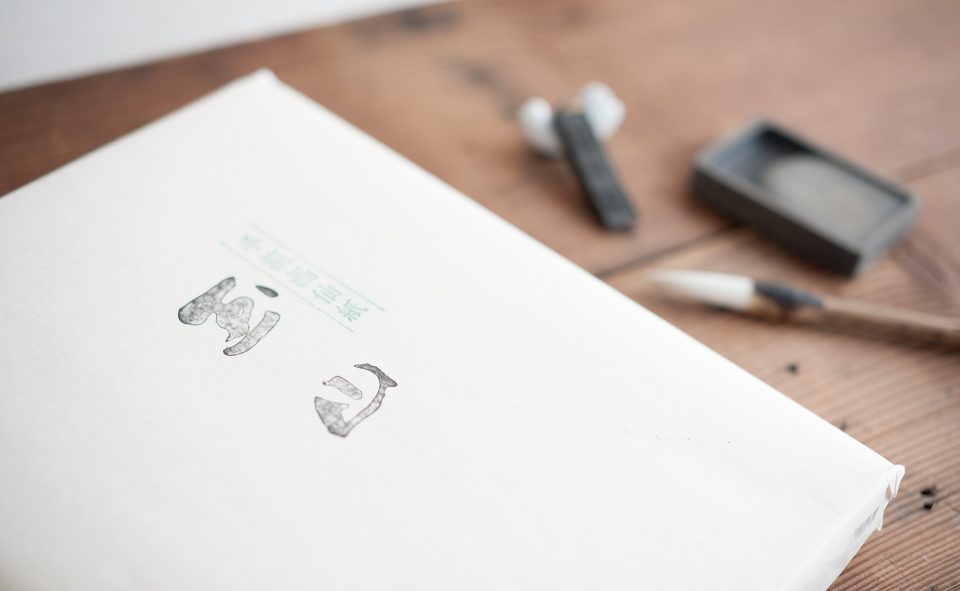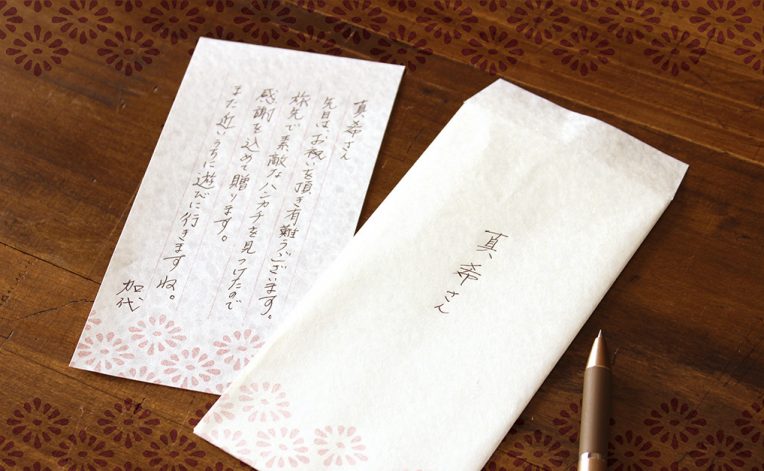記事見出し
Calligraphy paper plays a crucial role among the Four Treasures of the Study. It offers a wide range of textures and appearances depending on its thickness and production method. To preserve the quality of calligraphy paper and make the most of it for creating art, it’s important to follow proper storage practices.
What is the correct way to store calligraphy paper?
When it comes to the storage of calligraphy paper, it’s essential to be particularly cautious about direct sunlight and humidity.
Recommended Storage Location
Choose a place where direct sunlight does not shine, there is good ventilation, and humidity is minimal. Inside a paulownia box or on top of a chest of drawers is often considered suitable.

Recommended Storage Methods
Wrapping the calligraphy paper in newspaper or Japanese paper allows the paper to breathe and provides protection against direct sunlight. Placing a wooden lattice (sudoko) under the calligraphy paper for better ventilation and using moisture-absorbing agents or desiccants for humidity control can be effective. Additionally, adding moth repellent (such as mothballs for clothing) can help prevent insect damage. Be cautious about sealing the paper in materials like vinyl, as it can prevent the paper from breathing and may lead to stains.
What Does it Mean to “Lay” the Paper?
There is a saying that paper is generally better when it has aged for a few years rather than being freshly made. The ideal period for aging can vary, with some calligraphers suggesting a period of 10 years. It ultimately depends on the style of the artwork you wish to create and your personal preferences, so feel free to experiment to find the aging period that suits your taste.
Benefits of Laying the Paper
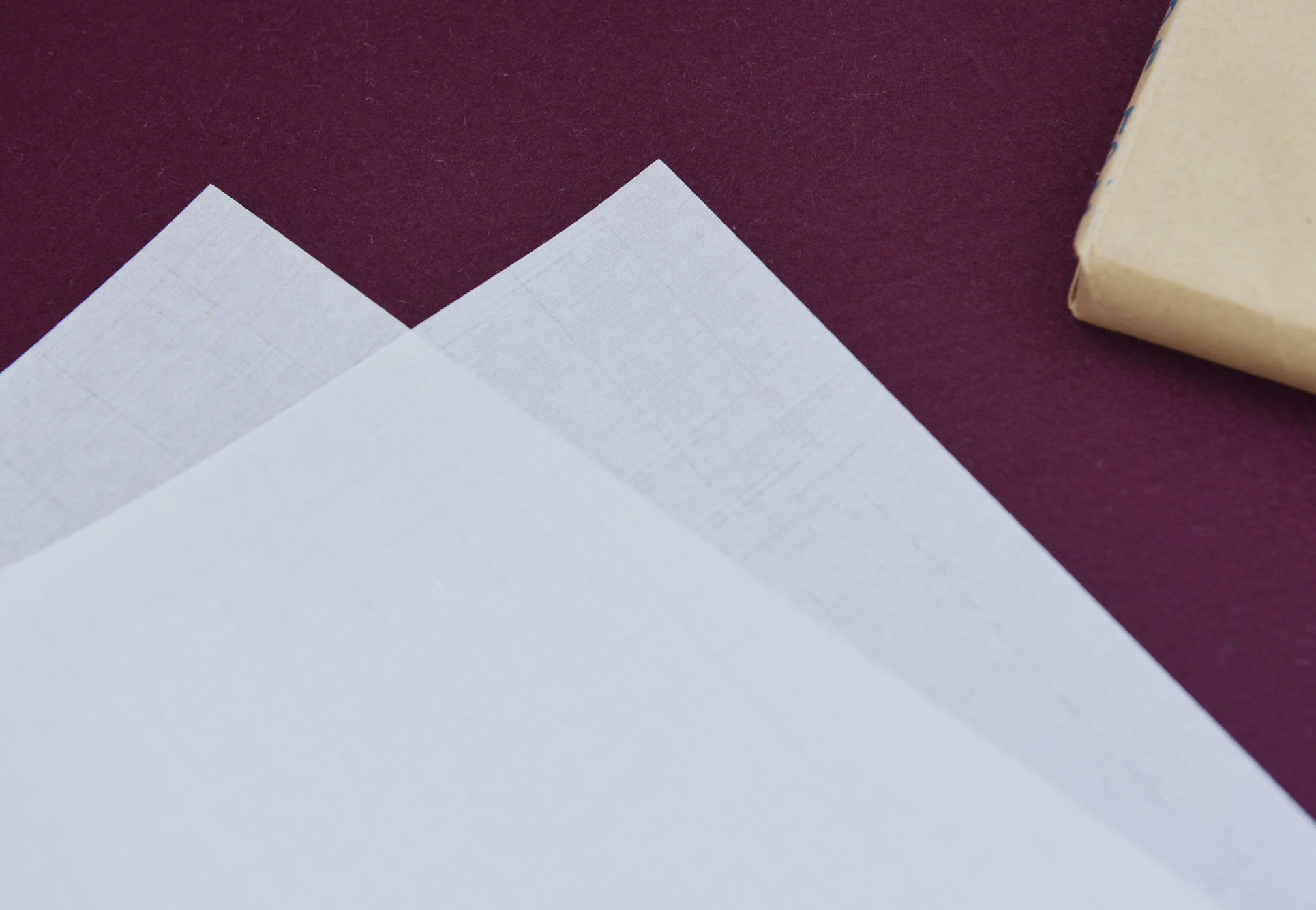
Aging paper allows excess moisture to escape and tightens the paper fibers, resulting in several benefits:
①Ink permeates the paper adequately, reducing bleeding.
②Ink color becomes more beautiful.
③Distressed effects (such as fading or wear) appear more attractive.
④The brush separates from the paper more smoothly, making it easier to write.
Paper breathes in humidity and releases it, effectively eliminating gluey residues and moisture. Paper in this dried state is referred to as “aged paper.” Aged paper not only improves ink adhesion and color but also enhances the appearance of effects like bleeding and distress. While aging paper may sometimes lead to slight yellowing or “star” stains, with proper storage, these characteristics can be valued assets.
It’s important to note that paper containing anti-bleeding agents or dyes (such as decorative paper, processed paper, and machine-made Japanese paper) does not benefit from aging. In fact, these papers can become rigid and prone to breakage during long-term storage.
Paper Can Catch a “Cold” Too!?
On the flip side, even if paper is adequately aged, incorrect storage methods can lead to issues like paper appearing white and speckled when ink is applied, a phenomenon akin to “paper catching a cold.” Depending on the aging method, it can even degrade paper quality. Therefore, exercising caution in paper storage is essential.
In Conclusion
Calligraphy paper is indispensable for creating artworks. By following proper storage methods, you can significantly enhance the quality of your creations. Experiment with aging your paper using the correct methods to fully appreciate the improved texture and attractive distressing effects.
Additional Information:
In recent years, the time between paper production and reaching customers has shortened by several months compared to the past. As a result, the natural drying period for paper has reduced. When paper arrives in your hands, it often hasn’t undergone the same extensive drying period as before, leading to incomplete control over bleeding. Consequently, many papers are treated with “anti-bleeding” agents. Keep in mind that these anti-bleeding effects intensify every few months, so aging paper excessively, as in the past, may transform it into a type of paper that doesn’t absorb ink at all.
You can find the calligraphy paper introduced by Shoyu Online here.»
関連記事
Related Article List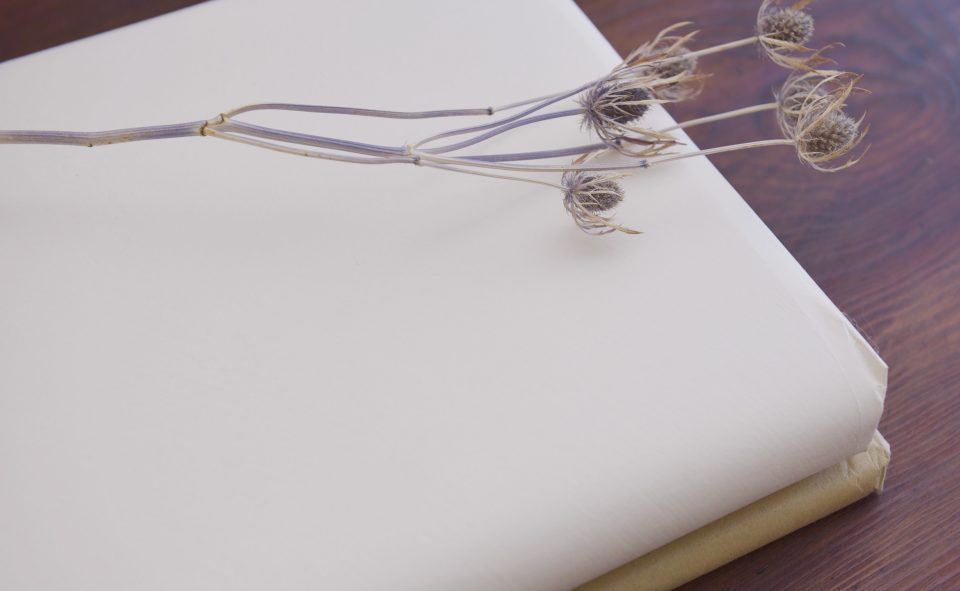
Proper Storage and “Laying” of Calligraphy Paper
Calligraphy paper plays a crucial role among the Four Treas...続きを読む»
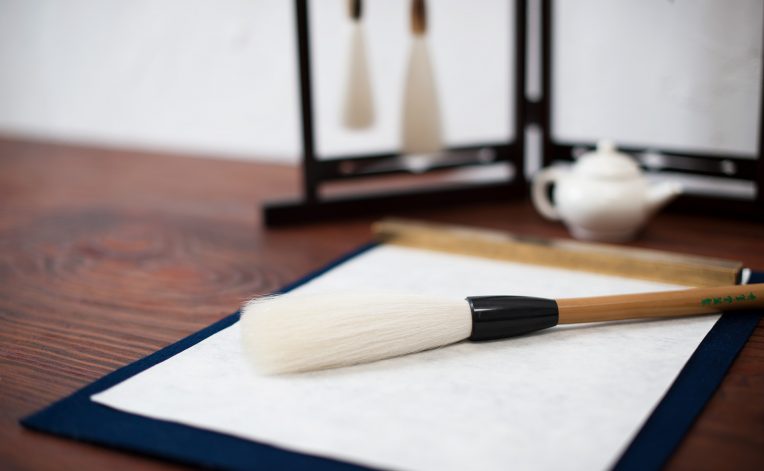
I Want to Try It – About Premium Wool Brushes
What is a Premium Wool Brush? A wool brush, also known as a...続きを読む»
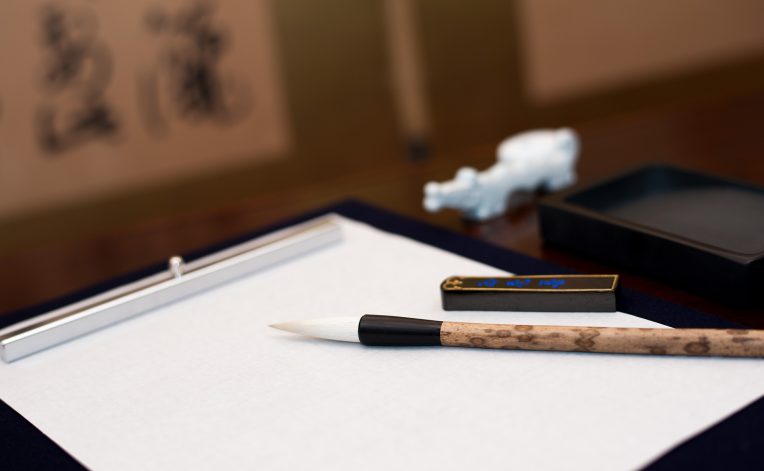
Introduction to Calligraphy Sets for Adults Starting Now
Recommended Calligraphy Sets for Adults January is a month ...続きを読む»

